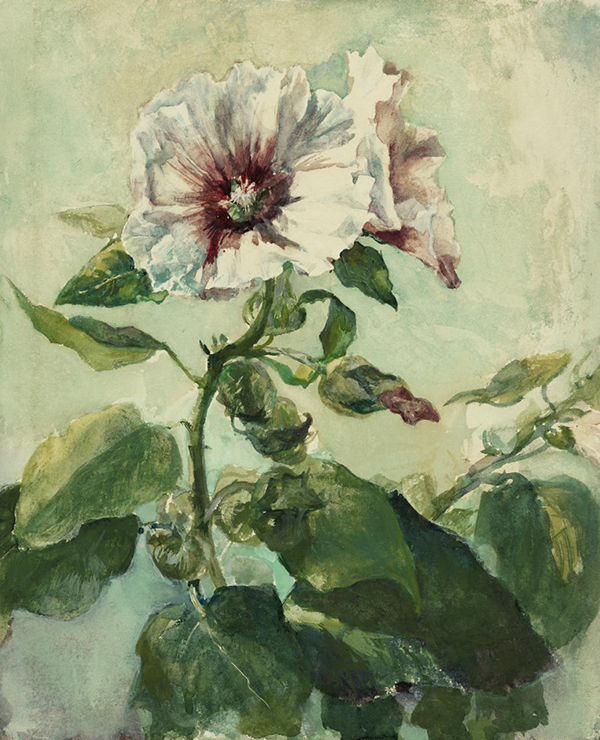STARTS
Jan 13, 2024
Ends
Jun 9, 2024
Gallery 214
Drip Splatter Wash: An Exploration of Watercolor and Technique
Drip Splatter Wash: An Exploration of Watercolor and Technique
Watercolor artist Andrew Wyeth declared, “To be interested solely in technique would be a very superficial thing to me.” His pronouncement is certainly understandable. To focus only on an artist’s technique might make us miss the bigger picture—quite literally! There is, however, much to be gained by simultaneously considering a watercolor’s subject matter along with the various techniques an artist utilized.
Watercolor is a demanding medium. It is comprised of colored pigment suspended in a water-soluble binder and the unpredictably flowing pigments can make them difficult to control. The inherent translucency of watercolor also makes it notoriously unforgiving. But a talented watercolor artist knows how to use the medium to their advantage. They can deploy a range of techniques to suggest ancient stone, rhythmic ocean waves, or fresh snow on a tree branch or even to evoke a particular atmosphere or mood.
This exhibition offers an opportunity to slow down and look closely. Take time to notice the many ways watercolor artists manipulate the medium to attain their desired effects and appreciate how technique, in turn, affects what we see. Get a closer look at the techniques artists used with the magnifying glasses provided throughout Drip Splatter Wash.

Organized by The Nelson-Atkins Museum of Art.
